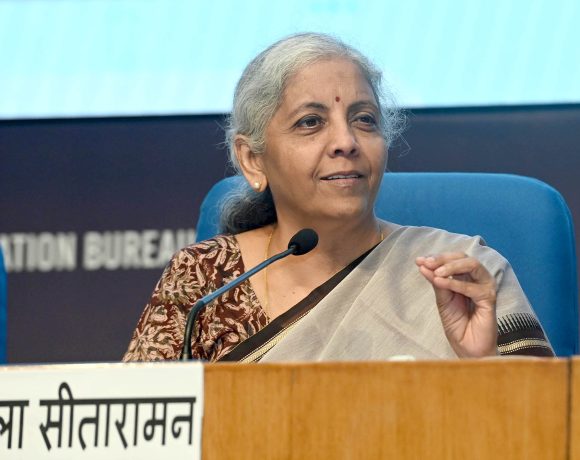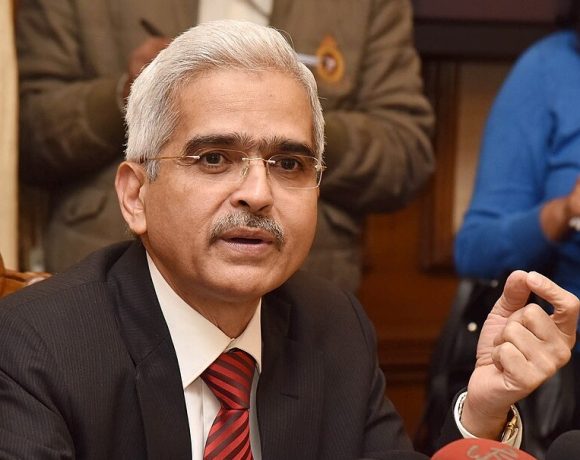
India’s Chip Sector Grows with $21B Investment Pipeline
India’s semiconductor manufacturing ambitions are finally materializing, with over $21 billion already committed to establishing a solid foundation in Assembly, Testing, Marking, and Packaging (ATMP) and Outsourced Semiconductor Assembly and Test (OSAT) segments. The focus is clear: to secure India’s place in the global chip supply chain while reducing import dependence.
At the heart of this effort is the country’s push to create a reliable semiconductor ecosystem through high-value investments and strategic collaborations. Major industrial players are now leading the charge to establish facilities in key regions, backed by significant central government incentives and a broader mission to align with national manufacturing goals.
Tata, Micron, and Others Lead India’s Semiconductor Push
A landmark step in this direction is the development of India’s first semiconductor fabrication plant in Dholera, Gujarat. Spearheaded by a major Indian conglomerate in partnership with a prominent Taiwanese chipmaker, this facility is expected to transform India’s capabilities in chip production. Additionally, a ₹27,000 crore ATMP facility is being set up in Assam, with a projected daily output of 48 million chips.
The government’s proactive approach includes streamlined approval processes, capital subsidies, and policy clarity under India’s dedicated semiconductor program. Other key players involved include global tech giants and domestic electronics majors forming joint ventures to expand ATMP and OSAT operations, which are less capital intensive and quicker to operationalize compared to fabs.
This strategy aligns with India’s expected domestic semiconductor demand growth, projected to surge from $40 billion in 2024 to over $100 billion by 2030.
Strategic Advantage Amid Global Chip Politics
India’s rapid developments in this space are also a response to shifting global chip politics, supply chain vulnerabilities, and the growing strategic importance of semiconductors in defense, automotive, and consumer electronics.
The ATMP-led approach allows India to establish itself in the value chain without waiting for the longer timelines required to build high-end fabs. While chip fabrication remains a long-term ambition, building strength in ATMP gives India a near-term edge and creates a skilled workforce.
Future Challenges and Opportunities
Despite the encouraging momentum, challenges persist. Establishing cleanroom environments, ensuring uninterrupted power, developing skilled manpower, and securing long-term raw material contracts are still hurdles. Additionally, India must align its innovation ecosystem to support design-to-manufacture capabilities to attract more upstream and downstream investments.
With the right policy continuity, deeper global partnerships, and successful execution of early-stage projects, India’s $21 billion pipeline may soon mark just the beginning of a new chapter in global chip manufacturing.


















